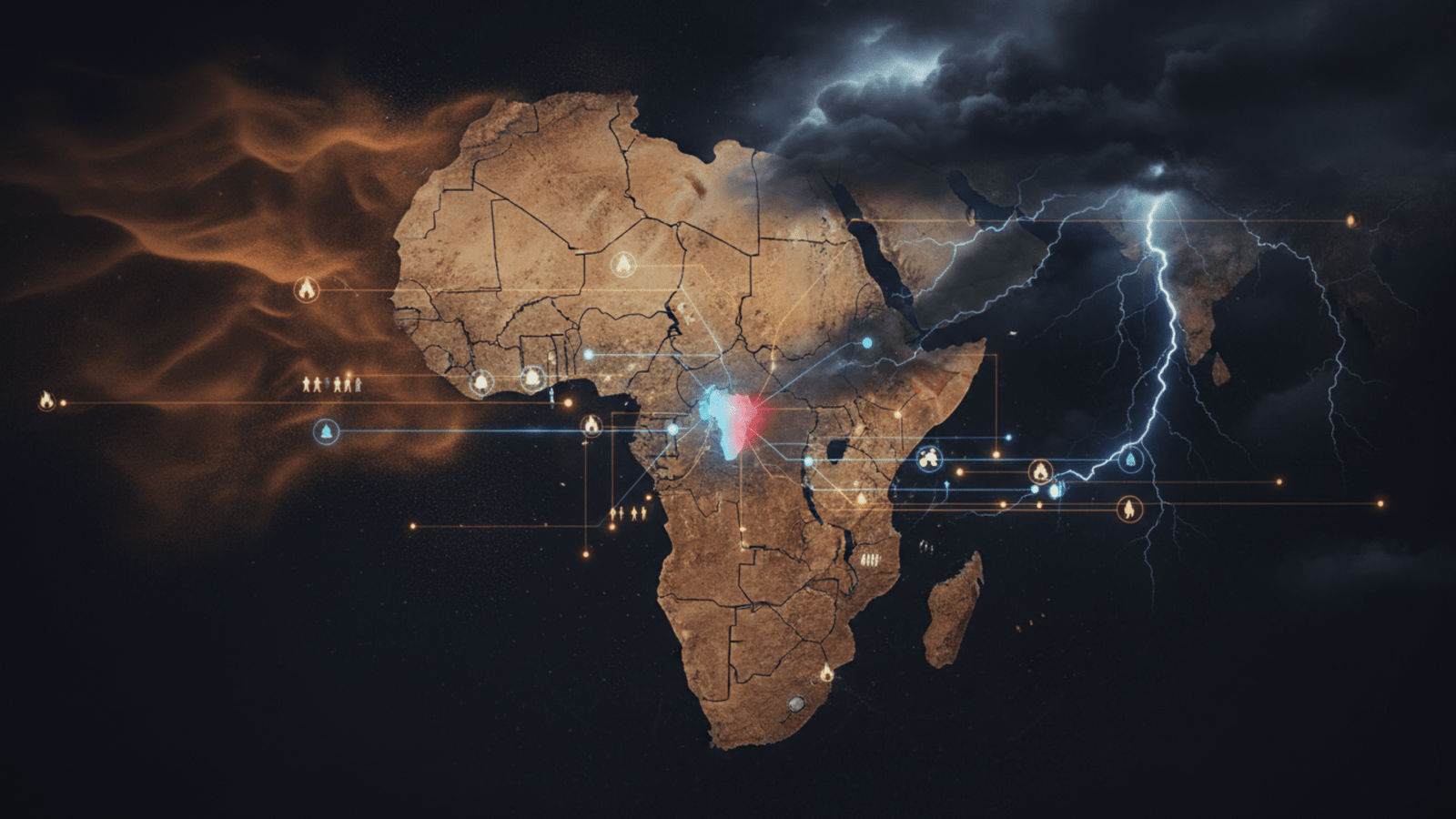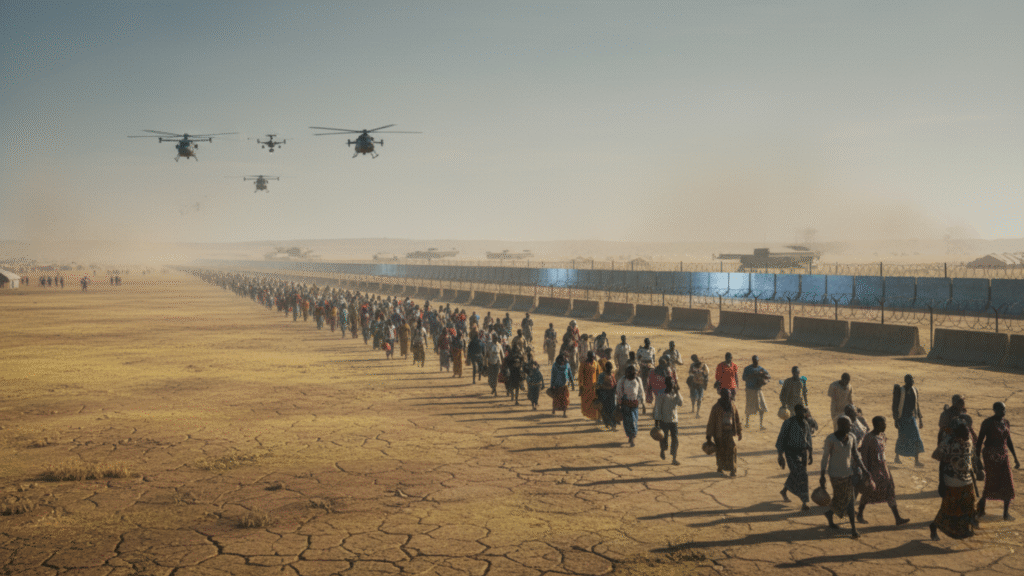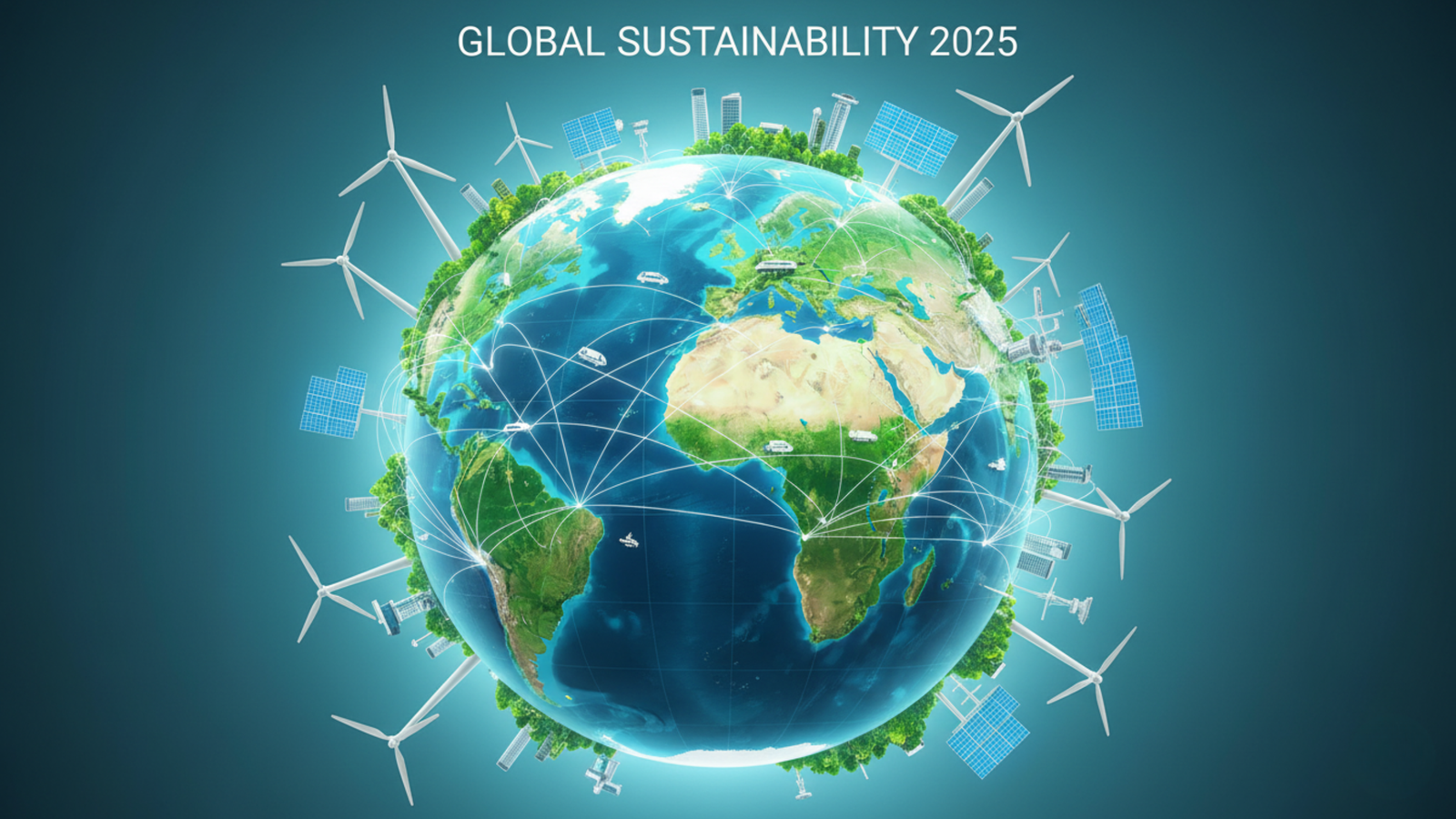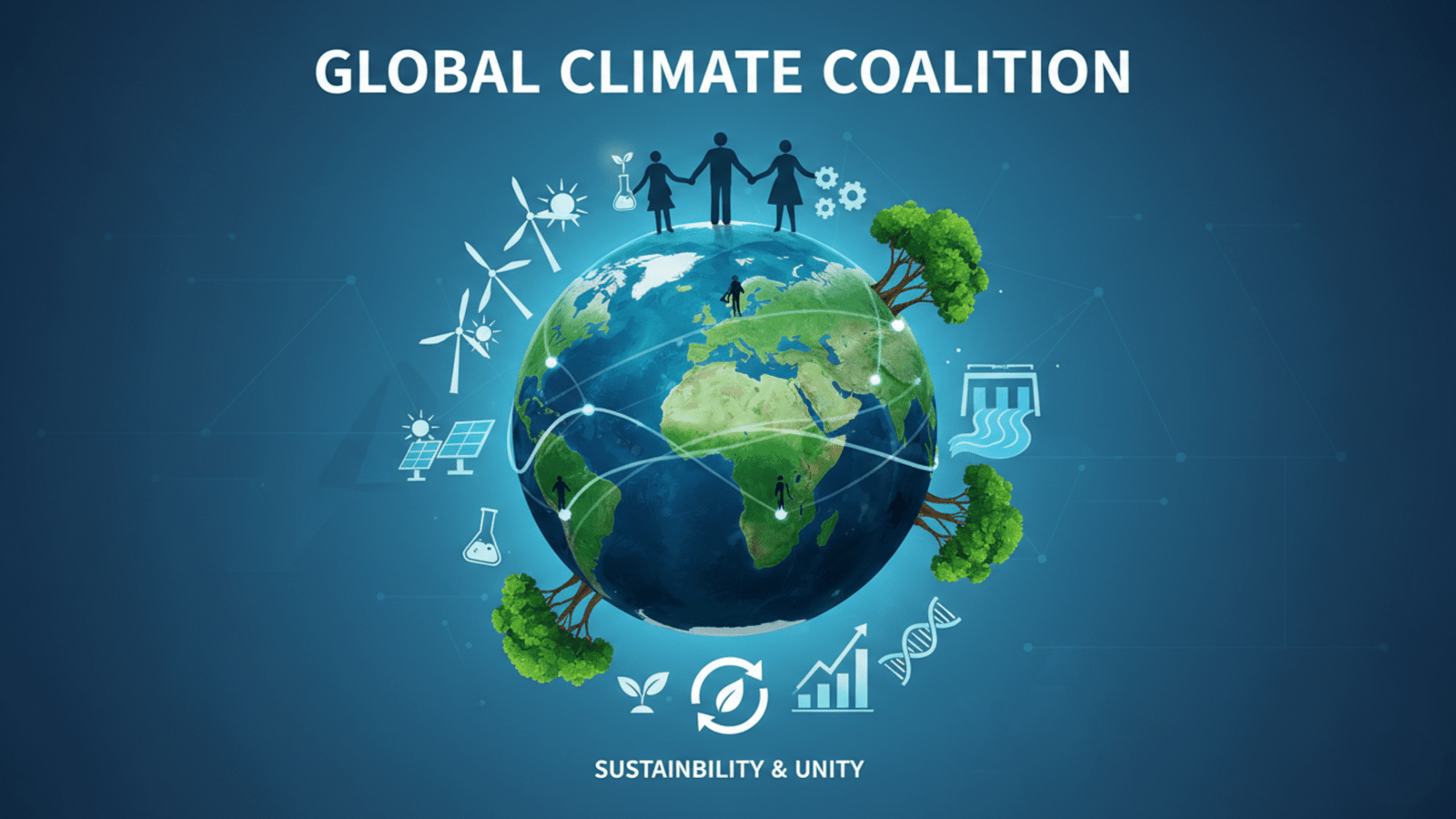Security Risk: Climate Migration and Instability in East Africa

By Maryan Osman Muhiadin
Salmurux News Media | October 2025
Climate Migration: Challenges and Drought.
The narrative of climate change is often told through melting ice caps and distant hurricanes, but in the Horn of Africa, the story is written in dust and displacement. As prolonged and severe droughts intensify, millions of people—mostly pastoralists and subsistence farmers—are forced from their homes, transforming a slow ecological disaster into a rapid humanitarian and social crisis. This is the reality of climate migration, and it poses one of the most profound stability challenges for regional governments and the global community preparing for COP 30.
The Dynamics of Displacement: From Pastoralist to Refugee

Drought doesn’t just kill livestock and crops; it obliterates entire ways of life built on seasonal predictability. When traditional coping mechanisms fail, permanent displacement—climate migration—becomes the only option.
The movement is rarely linear or simple:
- Rural-to-Urban Shift: The initial wave sees people moving from parched rural areas to secondary towns and eventually to major cities like Mogadishu, Dadaab, or Baidoa. These urban centers, already struggling with infrastructure and employment, face massive pressure on resources, sanitation, and housing.
- Internal Displacement (IDPs): The vast majority remain internally displaced, often settling in crowded, informal camps. These IDP sites, lacking adequate funding and governance, become hotbeds for disease, food insecurity, and competition for scarce water, intensifying the risk of local conflict.
- Cross-Border Movement: When conditions are dire, people cross international borders, creating diplomatic and security challenges for neighboring countries, who may themselves be climate vulnerable.
Policy Gaps: A Global Failure to Define and Fund
One of the most significant challenges of climate migration lies in its legal and financial status. Internationally, there is no formal recognition of the “climate refugee”. This lack of status means climate migrants cannot access the same protections, rights, or multilateral funding streams afforded to political refugees.
This policy gap has direct repercussions for aid and infrastructure:
- Adaptation vs. Displacement: Current climate finance models prioritize adaptation (helping people stay where they are) and mitigation (reducing global emissions). They provide inadequate specific funding for displacement (assisting and relocating those who are already forced to move).
- Security Risk: Unmanaged, climate-induced migration fuels existing vulnerabilities. Competition over grazing land and water rights exacerbates inter-communal conflicts, creating a cycle where climate vulnerability translates directly into security threats.
Resilience Through Recognition: The Path Ahead at COP 30
To effectively manage this humanitarian challenge, the global community must use platforms like COP 30 to shift the focus from reactive aid to proactive, protective policy.
The priority steps must include:
- Establishing a Legal Framework: While formal refugee status is complex, nations must develop a regional or global framework to recognize the specific rights and needs of people displaced by climate impacts, enabling predictable humanitarian support.
- Dedicated Loss and Damage Funding: The newly established Loss and Damage Fund must dedicate significant tranches specifically to address unavoidable displacement costs—funding relocation, resettlement, and sustainable integration into host communities.
- Investment in Urban Resilience: Resources must be directed toward improving infrastructure, planning, and resource management in urban centers currently overwhelmed by climate migrants, transforming them from aid centers into genuine hubs of opportunity.
- Data and Early Warning Systems: Enhanced regional cooperation is required to build sophisticated, shared early warning systems that track drought severity and predict migration patterns, allowing governments and aid groups to pre-position resources.
Ultimately, addressing the climate migration crisis is inseparable from achieving global climate justice. For the millions of displaced families, their resilience hinges not just on the rain, but on the political will of the world to provide safety, dignity, and a future.



